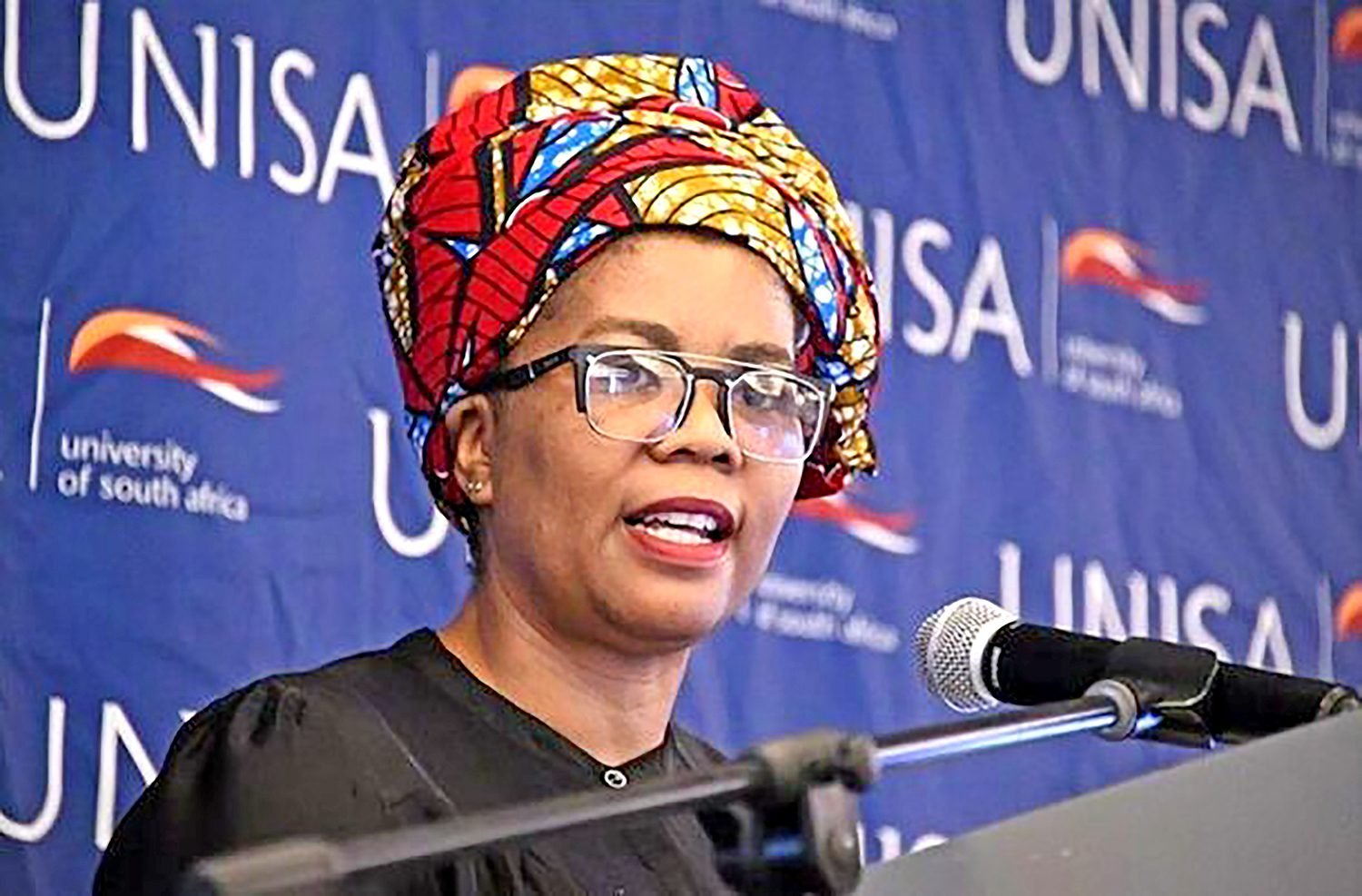Puleng LenkaBula emerged into the spotlight as a groundbreaking figure in South African higher education when she was appointed Vice-Chancellor and Principal of one of the country’s most prominent institutions. As the first woman to hold the role at this university, her appointment was heralded as a historic achievement. She was expected to bring a new era of accountability, transformation, and innovation to an institution facing significant challenges.
However, her journey at the helm has been anything but smooth. Instead of being remembered solely for progressive leadership, her tenure has been shadowed by conflict, criticism, and ongoing controversy. The struggles LenkaBula now faces highlight the harsh reality of leading large, complex institutions in environments marked by legacy issues, institutional inertia, and heightened public scrutiny.
From Promise to Pressure
LenkaBula’s appointment was seen as a major step forward for gender equity and transformation in South African academia. Her background in ethics, leadership, and institutional governance gave hope that she would navigate the institution through its operational and reputational difficulties. Her early speeches set a bold tone—calling for accountability, modernization, and improved student services.
Yet, high expectations quickly gave way to high-pressure realities. Within her first term, the institution became embroiled in internal disputes, student dissatisfaction, and financial controversies. The promise of new beginnings was clouded by mounting complaints, and the very leadership that was once celebrated became the subject of inquiry and criticism.
Spending Concerns and Leadership Optics
A major source of backlash against LenkaBula came from concerns around expenditure. Reports surfaced alleging excessive spending on renovations, official residences, and luxury vehicles. Critics viewed these costs as inappropriate—especially in a public institution facing funding challenges, with many students relying on government aid and bursaries to continue their studies.
Although some of these expenditures may have followed official procedures or were approved by governing bodies, public perception quickly turned. The optics of luxury spending clashed with the reality of student protests, financial aid delays, and under-resourced academic departments. In leadership, perception often becomes reality, and for LenkaBula, the fallout was swift and severe.
The situation reignited debates about responsible leadership, the symbolic value of frugality in public institutions, and whether her administration had lost touch with the university’s core mission. Even those sympathetic to her broader vision began to question the decision-making and priorities reflected in such actions.
Strained Relationships with Staff and Unions
Another key area of struggle for LenkaBula has been her relationship with university staff and their representative unions. Several incidents point to a widening gap between executive leadership and the academic and administrative workforce. Accusations have been made about a top-down management style, with some alleging a lack of consultation in key decisions, particularly those related to restructuring and discipline.
Trade unions have voiced their concerns in public and formal settings, citing grievances about workplace conditions, policy enforcement, and what they describe as autocratic leadership. The relationship between staff and management is often a key indicator of institutional health, and when that relationship breaks down, it becomes increasingly difficult to implement long-term change.
Instead of fostering collaboration, the environment turned adversarial. Meetings became battlegrounds, and internal communication began to fracture. This made it even harder for reforms to take root, regardless of their merit.
Student Discontent and Service Delivery Failures
In parallel, many students have expressed frustration with the state of university services under LenkaBula’s leadership. Delays in academic registration, issues with assignment submissions, and poor communication around examinations have all contributed to a narrative that student needs are not being prioritized.
Several student groups have staged protests, some calling for her resignation, others demanding immediate reforms. What may have begun as administrative lapses or technical difficulties became flashpoints in a broader dissatisfaction with institutional responsiveness.
For students who see education as their primary route to upward mobility, systemic inefficiencies feel like personal betrayal. In this context, leadership is judged not by its plans or policies, but by its ability to deliver consistently on basic commitments.
The Leadership Dilemma
LenkaBula’s supporters argue that much of the criticism she faces is politically motivated or rooted in gender bias. As a woman leading a historically male-dominated institution, her decisions have arguably been judged more harshly, and her authority more frequently questioned. They also point out that many of the university’s problems began long before her appointment and that meaningful reform will always come with resistance.
Still, being a change agent does not absolve a leader from accountability. The central dilemma in her leadership is this: how do you transform a dysfunctional system while maintaining the trust of those within it? The answer lies in striking a careful balance—firm leadership paired with transparency, consultation, and humility.
So far, that balance has proven elusive.
A Crossroads Moment
As her tenure continues, Puleng LenkaBula stands at a crossroads. Despite the controversy, she has retained her position, suggesting that decision-makers still believe in her ability to lead the institution forward. But public confidence is fragile, and the next chapter of her leadership will determine whether she can restore credibility.
To do so, she must focus on rebuilding internal relationships, communicating clearly and regularly, and demonstrating that her leadership serves both the academic mission and the broader university community. Most importantly, she must move from defending her position to proving its value through consistent results.
Conclusion
Puleng LenkaBula’s struggles offer a cautionary tale about the burdens of leadership in modern institutions. Her experience reveals how quickly optimism can turn to criticism, how public perception can override policy, and how transformation—while necessary—is never without turbulence.


